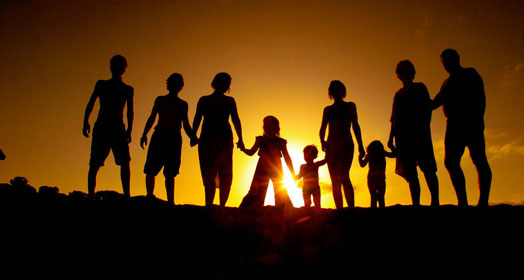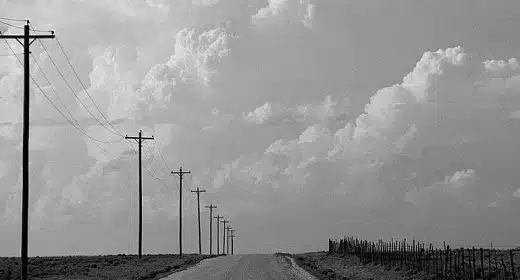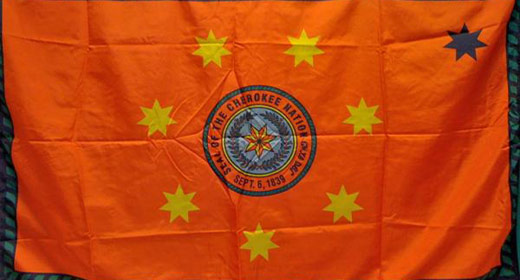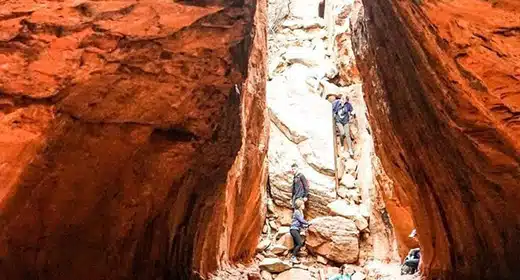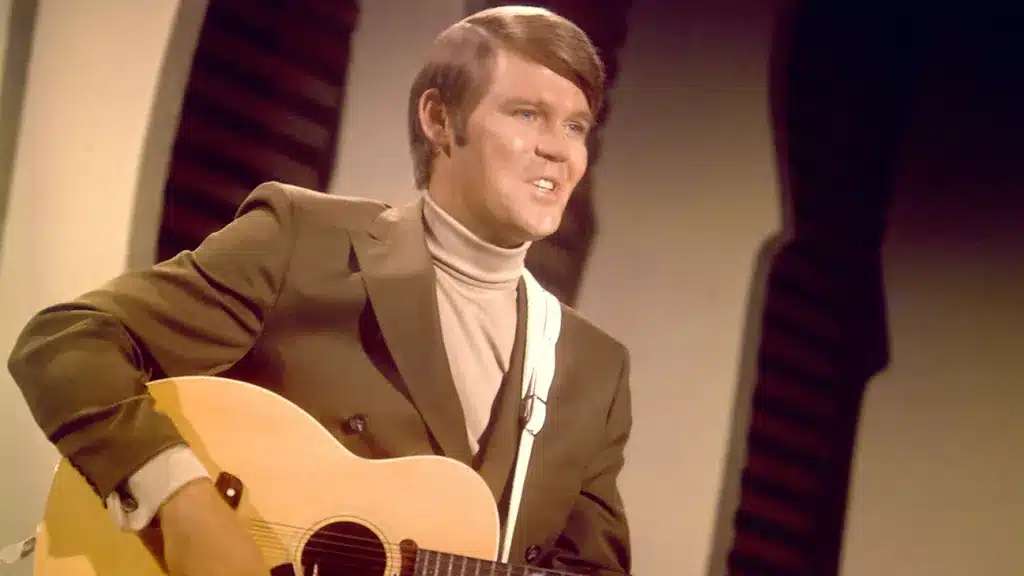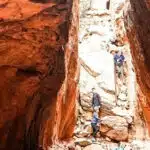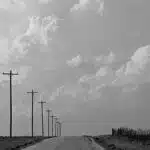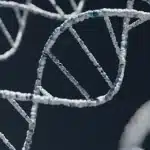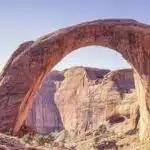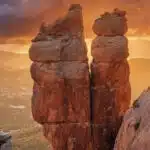by Brian Daffron: Many people and images come to mind about the Cherokee Nation.
The Cherokee Syllabary, created by Sequoyah, may be one of them. For many others, it may be the Trail of Tears. Still, Cherokee people such as Will Rogers or Wilma Mankiller may come to mind.
Yet there is much more to the Cherokee Nation’s rich cultural history and present-day accomplishments. The Cherokee Nation’s website lists their current enrollment at over 317,000 and more than 8,000 employees. The Nation’s economic impact within Oklahoma and neighboring northeastern states, is estimated at copy.5 billion.
Indian Country Today Media Network asked Dr. Candessa Tehee, the executive director of the Cherokee Heritage Center, which ten items she felt that readers should know.
We believe in education.
Literacy and education have been a high priority among Cherokee people long before removal to Oklahoma. Sequoyah’s written language system created a high percentage of literacy among Cherokee people, much more so than their white American neighbors. The Cherokee Syllabary is still in active use within their Cherokee Immersion Charter School, as well as street signs in downtown Tahlequah, Oklahoma.
After Removal, the Cherokee Female Seminary in Tahlequah became, according to Tehee, “the first female institution of higher learning West of the Mississippi,” whose historic buildings now form the nucleus of Northeastern State University. Today, the Cherokee Nation runs Sequoyah High School, formerly controlled by the Bureau of Indian Affairs, and has a successful higher education scholarship program.
There’s no such thing as a Cherokee princess
Many families throughout the United States—who are not enrolled Cherokee Nation members—make claims of Cherokee descent. Although the Cherokee Nation encourages the tracing of family ancestry, a large number of people with potential Cherokee ancestry make the erroneous claim that they’re descended from a “Cherokee Princess.”
“Our traditional clan system is matrilineal, meaning clans are passed down through the mother’s side of the family,” said Tehee. “Women have important roles in both ceremonial and family life but, historically, there has never been a princess system.” In recent times, the 1955 Cherokee National Holiday created the “Queen of the Cornstalk Shoot” (a traditional Cherokee archery competition), which was changed in 1957 to Miss Cherokee.
We have great museums
The Cherokee Nation facilitates at least four museums in northeastern Oklahoma. These include the Cherokee Heritage Center outside of Tahlequah, voted third in the USA Today “10 Best Readers’ Choice Native American Experience.” The Cherokee Heritage Center grounds include the Cherokee National Museum, Ancient Village, Adams Corner Rural Village, Nofire Farms, Cherokee Family Research Center, and the Cherokee National Archives.
Other museums of the Cherokee Nation include the Cherokee National Supreme Court Museum, which houses the printing press of theCherokee Advocatenewspaper; the Cherokee National Prison Museum, which was the only penitentiary in Indian Territory from 1875-1901; and the John Ross Museum in Park Hill, Oklahoma, dedicated to the longtime leader of the Cherokee Nation.
We embrace technology
The Cherokee Nation not only had a printing press in its own syllabary, but it is also credited with having the first telephone line west of the Mississippi. With today’s growing and ever-changing technology, Cherokee Nation has partnered with Apple, Microsoft and Google to create Cherokee language capabilities with the iPhone, Gmail and Windows 8. Therefore, if you’re scrolling through Facebook or Twitter and see Sequoyah’s writing system in someone’s postings, don’t be surprised. “We also have Cherokee in Braille,” said Tehee.
You won’t catch us taking Columbus Day off
Columbus Day is not celebrated in Cherokee country—it’s not even acknowledged as a holiday. “Our annual holiday is celebrated Labor Day weekend to acknowledge the signing of our Cherokee Constitution in September 1839,” said Tehee, “which, post-Removal, reconstituted the sovereign government we operate under today.”
Cherokee National Holiday attracts over 100,000 visitors every year, with events ranging from softball tournaments, Cherokee marbles and cornstalk shoot, to gospel singing, stomp dance, powwow and blowgun competitions.
Our plant based traditions and culture were not lost due to the removal
According to Tehee, the plants of northeast Oklahoma and western North Carolina are similar, allowing Cherokee people to retain much of the plant knowledge and pharmacology associated with pre-Removal. Some of these plants include Goldenseal, Dogwood, Prairie Willow, New Jersey Tea, Jack-in-the-Pulpit, and Sweet Everlasting.
Tehee breaks up Cherokee plant knowledge into three areas: Kitchen knowledge; herbs for common ailments to where “ethnobotanical knowledge” is needed, such as diabetes or hypertension; and plants used for medicine and prayers by experienced practitioners.
“There are still people who use these things,” Tehee said about plants. “It’s really interesting that a lot of the flora that’s here in Oklahoma also exists in North Carolina. Out in North Carolina, because they have a different climate, all their stuff is bigger.”
Cherokees don’t say goodbye, instead we sayᏙᎾᏓᎪᎲᎢ(donadagohvi), which means “until we see each other again.”
“ᏙᏓᏓᎪᎲᎢ (dodadagovhi) is the plural form if you’re talking to more than one person,” Tehee said.
Sequoyah is the most recognized yet unknown
The Washington D.C.-based artist Charles Bird King (1785-1862) painted many Native leaders as they made their way into the nation’s capital. However, according to Tehee, King’s representation of Sequoyah is not actually of the Cherokee syllabary creator. Additionally, Tehee said, the sculpture of Sequoyah by G. Julian Zolnay that stands in the U.S. Capitol National Statuary Hall Collection is modeled after a Cherokee woman named Anne Ross Piburn, a descendant of Cherokee Chief John Ross.
Cherokee basketweavers are amazing and inventive!
The art form of basket making has continued with Cherokee people to this day. Today’s materials include river cane, white oak splint and commercial reed. Tehee said the single wall patterns are more common, with the double wall patterned-baskets made from river cane are more rare today.
The Cherokee Heritage Center is home to the world’s largest basket, which measures eight feet in height with a 45-inch base and is made with a single wall, flat reed technique.
Cherokee are always laughing
The humor of Cherokee tribal member Will Rogers is well known and widely publicized. For Tehee, this humor is rooted in the Cherokee language. She said the meaning of words changes completely simply by a slight change in pronunciation.
For example, Tehee said that the Cherokee words for “clap” and “slap” are the same. Tehee said there was a Cherokee preacher who “told his congregation to clap after singing.” However, one of the singers misunderstood and kept singing, because he did not want to be slapped.
“There’s no end to the puns and double-entendres that you can make with the Cherokee language just by a one-syllable difference. It changes everything.”
Also, the Number Seven…
Tehee also added a few things about the significance of the number seven to Cherokee people. The seven-pointed star can be seen not only in the tribal seal, but also in the bottom of some Cherokee baskets. Furthermore, the Cherokee have seven clans, although Tehee said historically that there could have been as many as 14 clans.
“I’ve heard some people say that we have seven directions,” she said. “I think that might be stretching it a little bit. It does lend some insight into Cherokee cosmology and perspective—there’s North, South, East, West, Up, Down and then the Place Where You Exist, basically. It’s placing yourself within this larger cosmology, essentially.

